Organic crop selection plays a pivotal role in modern agriculture, offering a sustainable and profitable approach to farming. As consumer demand for eco-friendly and health-conscious products continues to rise, understanding the principles behind organic crop selection has become essential for farmers aiming to thrive in this competitive landscape. This comprehensive guide delves into the intricacies of organic farming, exploring everything from the definition of organic crops to the best practices for maximizing productivity and profitability. Whether you’re new to organic farming or looking to refine your existing strategies, this article provides valuable insights and actionable tips to help you navigate the complexities of organic crop selection.
Key Takeaways
- Best Crops for Organic Farming:
- Wheat excels in organic farming due to its resilience and wide usage in food products.
- Corn stands out for its versatility in food and feed production, making it a top choice.
- Barley improves soil health and serves as a valuable cover crop.
- Oats are nutrient-rich and easily cultivated, ideal for organic diets.
- Soybeans support sustainable practices and are crucial for animal feed and oils.
- Alfalfa and Clover enrich soil nitrogen levels and provide essential forage.
- Strawberries are high in antioxidants and perfect for fresh consumption.
- Spinach is nutrient-dense and adapts well to organic farming.
- Tomatoes are a staple in gardens and kitchens, thriving under organic methods.
- Challenges of Organic Farming:
- Lower crop yields compared to conventional farming can affect profitability.
- Susceptibility to pests and diseases requires more manual control efforts.
- Labor-intensive practices mean more time and effort for tasks like weeding.
- Organic products may face supply chain disruptions due to limited availability.
- Higher land and resource requirements can hinder scalability.
- Most Profitable Crops:
- Corn is highly profitable with global demand and subsidies boosting returns.
- Soybeans offer high yield potential and diverse applications.
- Wheat remains lucrative due to rising demand for bakery products and biofuels.
- Cotton provides high profit margins from textiles and industrial uses.
- Sugarcane thrives in warm climates and offers significant financial returns.
- Heirloom seeds can be lucrative, appealing to eco-conscious consumers.
These takeaways encapsulate the key insights, balancing the benefits and challenges of organic farming while highlighting profitable crop options.
What Classifies as an Organic Crop?
An organic crop refers to plants and crops that are grown using organic farming methods. These methods exclude the use of synthetic pesticides, herbicides, fungicides, and genetically modified organisms (GMOs). Instead, organic farmers rely on natural processes, such as crop rotation, companion planting, and cover cropping, to maintain soil health and productivity.
To be classified as organic, crops must adhere to specific standards set by organizations like the USDA National Organic Program . This program ensures that organic products are grown without synthetic inputs and meet rigorous regulations regarding soil management, pest control, and harvesting practices.
Key characteristics of organic crops include:- No Synthetic Inputs : No genetically modified organisms (GMOs), synthetic pesticides, or artificial fertilizers are used.- Sustainable Practices : Techniques like crop rotation, composting, and integrated pest management are employed to maintain healthy soils and ecosystems.- Natural Processes : Organic farmers rely on natural predators and biological controls to manage pests and diseases, reducing reliance on chemical solutions.
Organic crops are not only better for the environment but also offer health benefits to consumers. They are often free from harmful pesticides and can have higher nutrient content due to the natural growing methods employed.
Learn more about organic farming and how it contributes to sustainable agriculture.
The Four Principles of Organic Farming
Organic farming is guided by four core principles that emphasize sustainability, health, and social responsibility. These principles ensure that farming practices are environmentally friendly, promote human well-being, and contribute positively to society.
- Health Principle :
- Organic farming prioritizes the health of crops, livestock, and the environment. By avoiding synthetic chemicals, it ensures that food is free from harmful residues, promoting better nutrition and reduced exposure to toxins.
- Ecological Principle :
- This principle focuses on environmental protection and biodiversity. Practices like crop rotation, composting, and integrated pest management are employed to maintain soil health, reduce pollution, and support wildlife habitats.
- Fairness Principle :
- Organic farming advocates for equitable treatment of workers and fair pricing for farmers. It promotes fair trade practices and accessible food prices, ensuring that organic products are available to all socioeconomic groups.
- Care Principle :
- Emphasizing long-term stewardship, this principle involves caring for the land and ensuring its productivity for future generations. Farmers adopt practices that preserve water resources, reduce waste, and maintain soil fertility.
These principles collectively create a holistic approach to farming that benefits both the environment and human communities, fostering a sustainable and resilient agricultural system.
Crop Selection
Crop selection is a critical aspect of successful farming that requires careful consideration of various factors to ensure productivity and profitability. Choosing the right crops involves evaluating market demand, environmental conditions, and personal farming goals.
Key Considerations for Crop Selection
- Market Demand: Understanding what crops are in high demand in your region can significantly influence your choices. Factors like seasonality and consumer preferences play a vital role in determining profitability.
- Soil Type and Climate: Different crops thrive in varying soil conditions and climates. Assessing your land’s fertility, pH levels, and exposure to sunlight will help identify suitable crops.
- Seasonality: Some crops perform better during specific times of the year, so timing is essential for maximizing yields and quality.
- Personal Preferences and Goals: Farmers often have personal reasons for growing certain crops, such as organic practices or heritage varieties.
Steps to Effectively Make Your Crop Selection
- Research Local Markets: Visit local farmers’ markets or consult with agricultural extension services to stay updated on trending crops in your area.
- Evaluate Soil Testing Results: Use the findings from soil tests to determine which crops are most likely to succeed on your property.
- Consider Rotation and Companion Planting: Rotating crops helps maintain soil health and reduces pests. Companion planting can also boost productivity by attracting beneficial insects and providing shade for moisture retention.
- Plan for Succession Planting: succession planting allows for continuous harvests by planting quick-growth crops after slower ones, optimizing space and resources.
Tools and Resources for Better Crop Selection
For further assistance, consider utilizing resources from trusted agricultural websites and forums. Old Seed offers valuable insights into heirloom gardening and sustainable practices that can complement your farming approach. Explore their guides and tips to enhance your crop selection process.
Additionally, platforms like Farmers Weekly and Gardening Tips provide practical advice and updates on popular crops.
Which Crop Is Best for Organic Farming?
Organic farming offers numerous benefits, including environmental sustainability and healthier produce. Several crops excel in organic systems due to their resilience and compatibility with natural practices. Here are some top candidates:
- Wheat : A cornerstone of organic farming, wheat thrives without synthetic chemicals and is widely used in bread, pasta, and flour.
- Corn : Organically grown corn is highly sought after for its versatility in food and feed production.
- Barley : Known for its ability to improve soil health, barley is popular in organic breweries and as a cover crop.
- Oats : These whole grains are a staple in organic diets and are easily cultivated using natural methods.
- Soybeans : A key ingredient in organic animal feed and oils, soybeans support sustainable farming practices.
- Afalfa and Clover : Essential legumes that enrich soil nitrogen levels and provide forage for livestock.
- Strawberries : High in antioxidants, strawberries grow well organically and are a favorite for fresh consumption and jams.
- Spinach : A nutrient-dense leafy green that adapts well to organic farming methods.
- Tomatoes : Widely cultivated organically, tomatoes are a staple in gardens and kitchens worldwide.
These crops not only perform well in organic systems but also contribute to a healthier environment and local economies. For more details on growing these crops, explore our crop guides .
Which is a downside to organic farming?
Organic farming has several advantages, but it also presents some challenges. One major drawback is the lower crop yields compared to conventional farming . Without synthetic fertilizers and pesticides, organic crops often struggle to reach the same levels of productivity, which can limit profitability for farmers.
Another disadvantage is the greater susceptibility to pests and diseases . Since organic farming avoids chemical pesticides, plants and animals may be more vulnerable to outbreaks, requiring more manual control measures.
Additionally, organic farming can be labor-intensive . Tasks like weeding, mulching, and pest control demand more time and effort compared to conventional methods that rely on machinery and chemicals.
Moreover, organic products may be less available year-round . The supply chain for organic goods can be disrupted by factors like poor weather or limited growing seasons, leading to shortages during peak demands.
Lastly, organic farming requires more land and resources to maintain soil health and prevent contamination. This can reduce its scalability compared to industrial farming practices.
For more insights, visit our sustainable agriculture guide or explore benefits and challenges of organic farming.
What is the Most Profitable Crop to Grow?
Profitability in farming depends on various factors such as market demand, production costs, and selling price. Some crops consistently offer higher returns due to their high demand and relatively lower production costs.
- 1. Corn : As a staple food ingredient, corn commands high prices due to global demand. Its profitability is further boosted by government subsidies and export markets.
- 2. Soybeans : A versatile crop used in animal feed and oil production, soybeans are highly profitable due to their high yield potential and diverse applications.
- 3. Wheat : With rising demand for bakery products and biofuels, wheat cultivation remains lucrative, especially in regions with favorable growing conditions.
- 4. Cotton : A cash crop with high profit margins, cotton is widely cultivated for textiles and industrial uses, benefiting from stable global demand.
- 5. Sugarcane : Used for sugar production and ethanol, sugarcane thrives in warm climates and offers significant financial returns due to its high sugar content.
Additionally, crops like certified heirloom seeds can be lucrative, especially among eco-conscious consumers willing to pay premium prices for sustainably grown produce.
For optimal profitability, farmers should consider factors like soil preparation , irrigation systems, and pest control. Diversifying crops and value-added opportunities can also maximize returns.
Conclusion: The most profitable crop varies by region and market conditions, but crops like corn, soybeans, and cotton consistently offer high returns due to their high demand and adaptability.

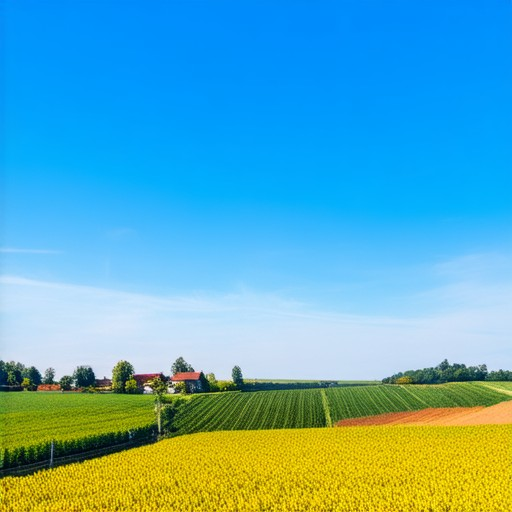
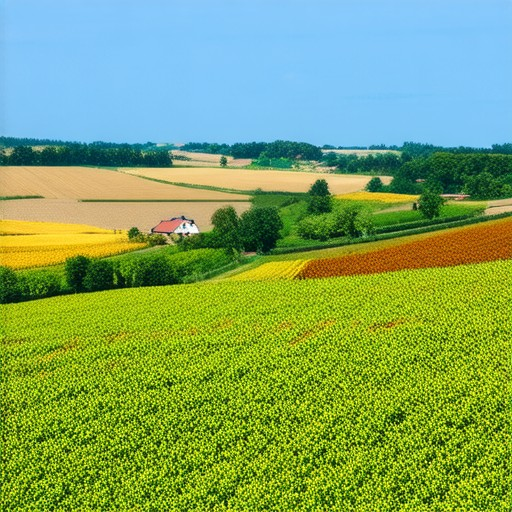
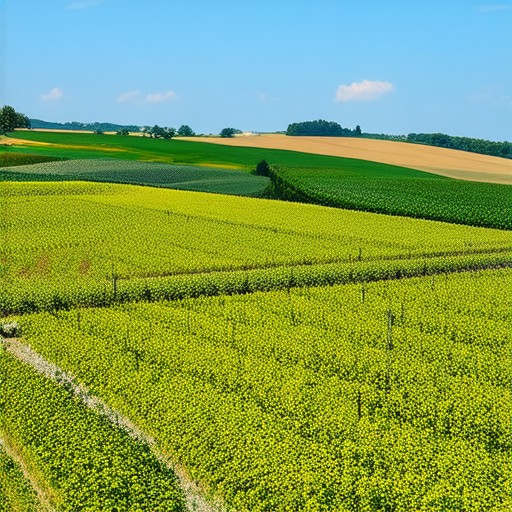
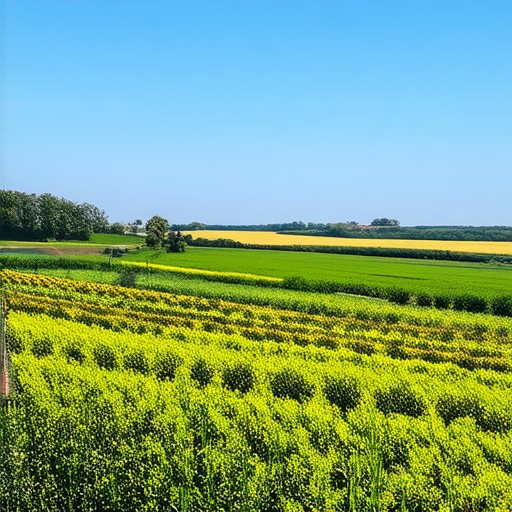
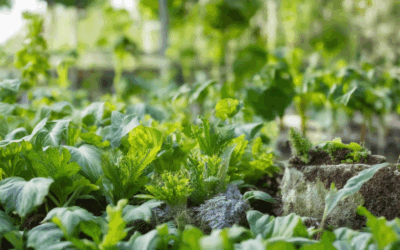
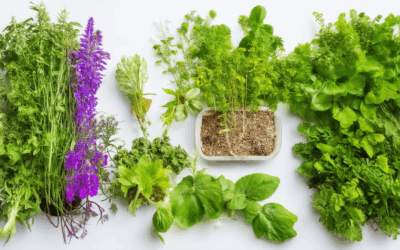
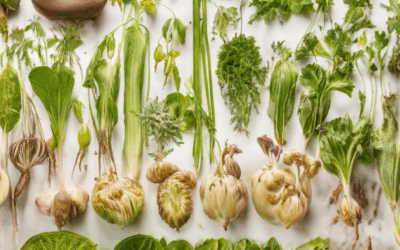
0 Comments